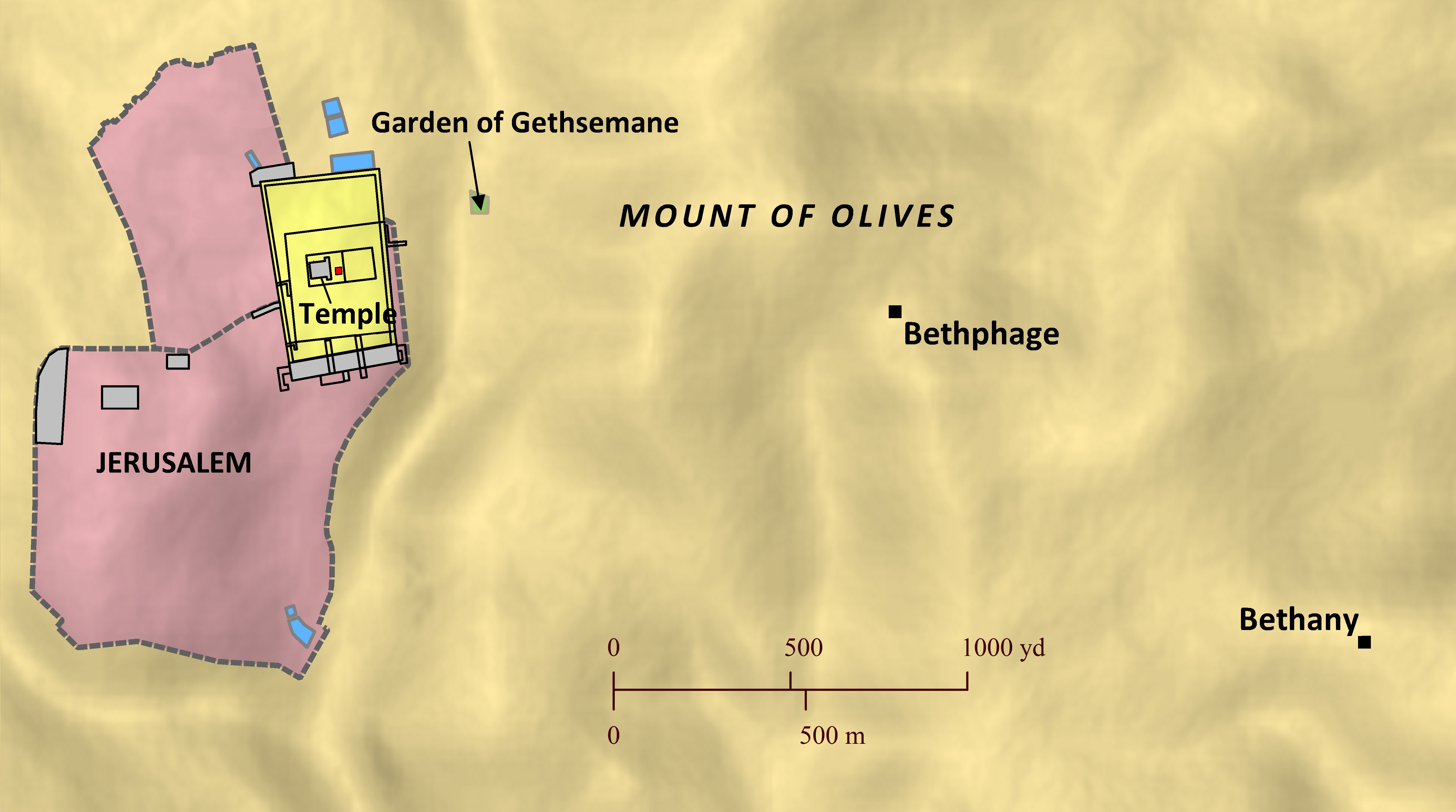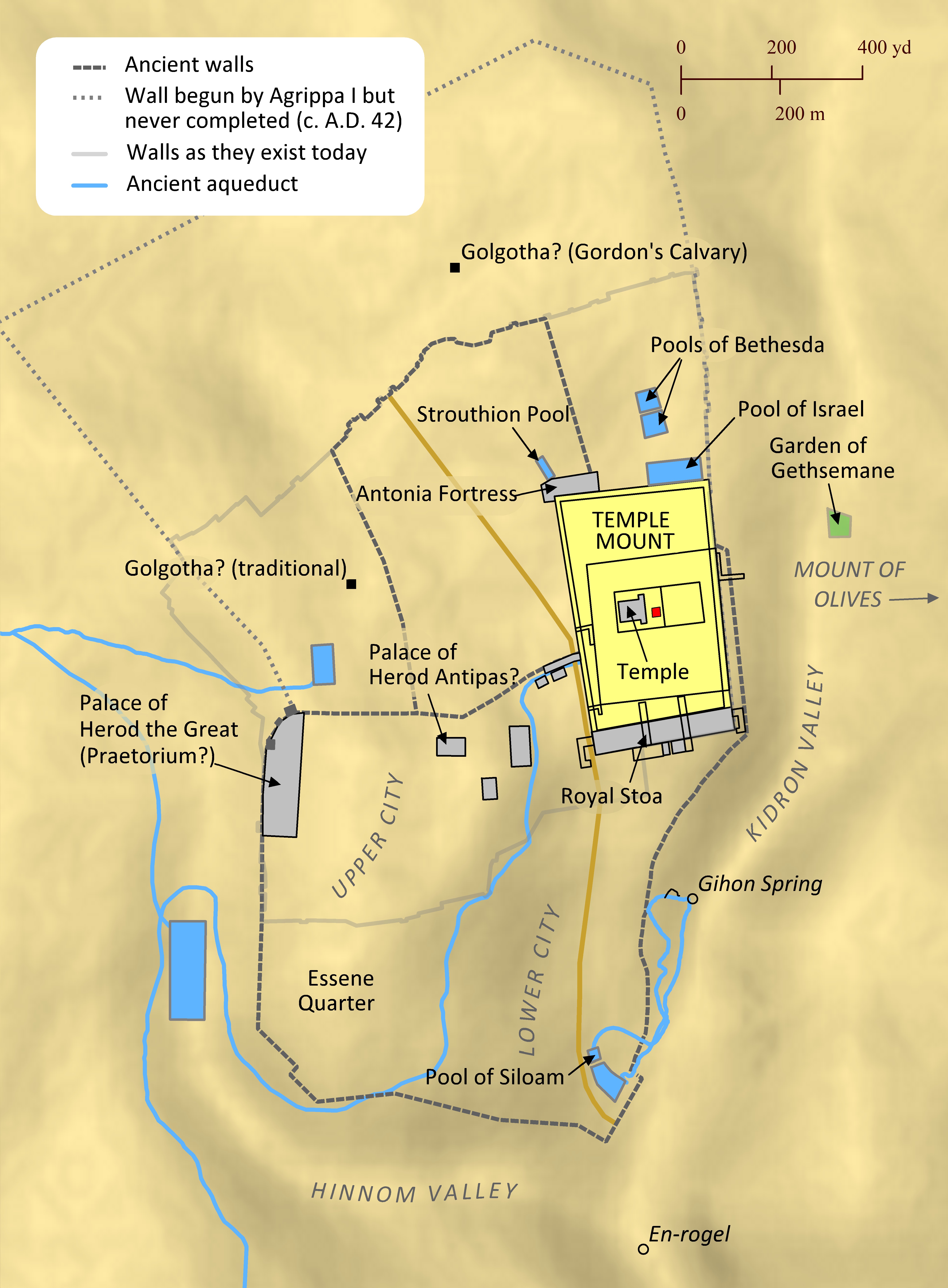Note: This view shows ‘verses’ which are not natural language units and hence sometimes only part of a sentence will be visible—click on any Bible version abbreviation down the left-hand side to see the verse in more of its context. Normally the OET discourages the reading of individual ‘verses’, but this view is only designed as a tool for doing comparisons of different translations—the older translations are further down the page (so you can read up from the bottom to trace the English translation history). The OET segments on this page are still very early looks into the unfinished texts of the Open English Translation of the Bible—please double-check these texts in advance before using in public.
AICNT “Do not fear, daughter of Zion; behold, your king is coming, seated on a donkey's colt.”[fn]
OEB “Fear not, people of Zion. Your king is coming to you, sitting on the foal of a donkey.”
WEBBE “Don’t be afraid, daughter of Zion. Behold, your King comes, sitting on a donkey’s colt.”
WMBB (Same as above)
NET “ Do not be afraid, people of Zion; look, your king is coming, seated on a donkey’s colt!”
LSV “Do not fear, daughter of Zion, behold, your King comes, sitting on a colt of a donkey.”
FBV “Don't be afraid, daughter of Zion. Look, your king is coming, riding a donkey's colt.”[fn]
TCNT ⇔ “Do not be afraid, daughter of Zion.
⇔ Behold, yoʋr king is coming,
⇔ sitting on a donkey's colt.”
T4T You people of Jerusalem,
⇔ do not be afraid!
⇔ Look! Your king is coming!
⇔ He is riding on a donkey’s colt!
LEB • “Do not be afraid, daughter of Zion! Behold, your king is coming,
• seated on the foal of a donkey!”[fn]
BBE Have no fear, daughter of Zion: see your King is coming, seated on a young ass.
Moff Fear not, daughter of Sion;
⇔ here is your king coming,
⇔ seated on an ass's colt.
Wymth "Fear not, Daughter of Zion! See, thy King is coming riding on an ass's colt."
ASV Fear not, daughter of Zion: behold, thy King cometh, sitting on an ass’s colt.
DRA Fear not, daughter of Sion: behold, thy king cometh, sitting on an ass’s colt.
YLT 'Fear not, daughter of Sion, lo, thy king doth come, sitting on an ass' colt.'
Drby Fear not, daughter of Zion: behold, thy King cometh, sitting on an ass's colt.
RV Fear not, daughter of Zion: behold, thy King cometh, sitting on an ass’s colt.
(Fear not, daughter of Zion: behold, thy/your King cometh/comes, sitting on an ass’s colt. )
SLT Fear not, O daughter of Sion: behold, thy King comes, sitting upon the foal of an ass.
Wbstr Fear not, daughter of Sion: behold, thy King cometh, sitting on an ass's colt.
KJB-1769 Fear not, daughter of Sion: behold, thy King cometh, sitting on an ass’s colt.
(Fear not, daughter of Zion: behold, thy/your King cometh/comes, sitting on an ass’s colt. )
KJB-1611 Feare not, daughter of Sion, behold, thy King commeth, sitting on an asses colt.
(Fear not, daughter of Zion, behold, thy/your King cometh/comes, sitting on an asses colt.)
Bshps Feare not daughter of Sion, beholde, thy kyng commeth, sittyng on an Asses colte.
(Fear not daughter of Zion, behold, thy/your king cometh/comes, sitting on an Asses colte.)
Gnva Feare not, daughter of Sion: behold, thy King commeth sitting on an asses colte.
(Fear not, daughter of Zion: behold, thy/your King cometh/comes sitting on an asses colte. )
Cvdl Feare not thou doughter of Sion, beholde, thy kynge cometh rydinge vpo an Asses foale.
(Fear not thou/you daughter of Zion, behold, thy/your king cometh/comes riding upon an Asses foale.)
TNT feare not doughter of Sion beholde thy kynge cometh sittinge on an asses coolte.
(fear not daughter of Zion behold thy/your king cometh/comes sitting on an asses coolte. )
Wycl as it is writun, The douytir of Syon, nyle thou drede; lo! thi kyng cometh, sittynge on `an asse fole.
(as it is written, The daughter of Syon, nor/neither/not thou/you dread; lo! thy/your king cometh/comes, sitting on an ass fole.)
Luth Fürchte dich nicht, du Tochter Zion; siehe, dein König kommt reitend auf einem Eselsfüllen!
(Fear you/yourself not, you(sg) daughter Zion; see/look, your(s) king comes rided on/in/to on Eselsfüllen!)
ClVg Noli timere, filia Sion: ecce rex tuus venit sedens super pullum asinæ.[fn]
(Don't to_be_afraid, daughter Sion: behold king your(sg) he_came let_it_beting over pullum asinæ. )
UGNT μὴ φοβοῦ, θυγάτηρ Σιών; ἰδοὺ, ὁ βασιλεύς σου ἔρχεται, καθήμενος ἐπὶ πῶλον ὄνου.
(maʸ fobou, thugataʸr Siōn; idou, ho basileus sou erⱪetai, kathaʸmenos epi pōlon onou.)
SBL-GNT Μὴ φοβοῦ, θυγάτηρ Σιών· ἰδοὺ ὁ βασιλεύς σου ἔρχεται, καθήμενος ἐπὶ πῶλον ὄνου.
(Maʸ fobou, thugataʸr Siōn; idou ho basileus sou erⱪetai, kathaʸmenos epi pōlon onou.)
RP-GNT Μὴ φοβοῦ, θύγατερ Σιών· ἰδού, ὁ βασιλεύς σου ἔρχεται, καθήμενος ἐπὶ πῶλον ὄνου.
(Maʸ fobou, thugater Siōn; idou, ho basileus sou erⱪetai, kathaʸmenos epi pōlon onou.)
TC-GNT ⇔ Μὴ φοβοῦ, [fn]θύγατερ [fn]Σιών·
⇔ ἰδού, ὁ βασιλεύς σου ἔρχεται,
⇔ καθήμενος ἐπὶ πῶλον ὄνου.
( ⇔ Maʸ fobou, thugater Siōn;
⇔ idou, ho basileus sou erⱪetai,
⇔ kathaʸmenos epi pōlon onou. )
Key for above GNTs: yellow:punctuation differs, red:words differ (from our SR-GNT base).
BMM BibleMapper.com Maps:

Jesus’ Final Journey to Jerusalem
Much like the difficulties of discerning the Israelites’ journey to the Promised Land (see here), the task of reconciling the four Gospel accounts of Jesus’ final journey to Jerusalem into one coherent itinerary has proven very challenging for Bible scholars. As with many other events during Jesus’ ministry, the accounts of Matthew, Mark, and Luke (often referred to as the Synoptic Gospels) present a noticeably similar account of Jesus’ final travels, while John’s Gospel presents an itinerary that is markedly different from the others. In general, the Synoptic Gospels present Jesus as making a single journey to Jerusalem, beginning in Capernaum (Luke 9:51), passing through Perea (Matthew 19:1-2; Mark 10:1) and Jericho (Matthew 20:29-34; Mark 10:46-52; Luke 18:35-19:10), and ending at Bethany and Bethphage, where he enters Jerusalem riding on a donkey (Matthew 21:1-11; Mark 11:1-11; Luke 19:28-44). John, on the other hand, mentions several trips to Jerusalem by Jesus (John 2:13-17; 5:1-15; 7:1-13; 10:22-23), followed by a trip to Perea across the Jordan River (John 10:40-42), a return to Bethany where he raises Lazarus from the dead (John 11), a withdrawal to the village of Ephraim for a few months (John 11:54), and a return trip to Bethany, where he then enters Jerusalem riding on a donkey (John 12:1-19). The differences between the Synoptics’ and John’s accounts are noteworthy, but they are not irreconcilable. The Synoptics, after noting that Jesus began his trip at Capernaum, likely condensed their accounts (as occurs elsewhere in the Gospels) to omit Jesus’ initial arrival in Jerusalem and appearance at the Festival of Dedication, thus picking up with Jesus in Perea (stage 2 of John’s itinerary). Then all the Gospels recount Jesus’ trip (back) to Bethany and Jerusalem, passing through Jericho along the way. Likewise, the Synoptics must have simply omitted the few months Jesus spent in Ephraim to escape the Jewish leaders (stage 4 of John’s itinerary) and rejoined John’s account where Jesus is preparing to enter Jerusalem on a donkey.

Bethany and Bethphage
Matthew 21:1-17; Mark 11:1-11; Luke 19:28-48; John 12:1-19; see also Matthew 26:6-13; Mark 14:3-9
At the start of Passover one week before he was crucified, Jesus and his disciples traveled to Jerusalem, approaching the city from the east. When they arrived at the village of Bethphage, Jesus mounted a donkey and rode down the Mount of Olives as a humble king entering his capital city. Along the way, many people laid branches and cloaks in his path to welcome him. After Jesus entered the city, he immediately went up to the Temple and drove out the moneychangers and merchants there, and he healed the blind and the lame. Then he traveled nearly two miles outside the city to the village of Bethany to spend the night, which appears to have been where he typically lodged each night while visiting Jerusalem during the crowded Passover festival. Bethany is also where Jesus’ close friends Mary, Martha, and Lazarus lived. One evening while Jesus was there at a large dinner party given in his honor, Martha served the food, and Mary poured expensive perfume on Jesus’ feet and wiped his feet with her hair.

Jerusalem during the New Testament
By the time of the New Testament, the ancient city of Jerusalem had been transformed from the relatively small fortress of David’s day (2 Samuel 5:6-10; 1 Chronicles 11:4-9) into a major city with a Temple that rivaled the greatest temples in the Roman world. Just prior to Jesus’ birth, Herod the Great completely renovated and expanded the Temple of the Lord, and he also built a lavish palace for himself, various pools (where Jesus occasionally performed healings), public buildings, and military citadels, including the Antonia Fortress, which overlooked the Temple. Wealthy residents, including the high priest, occupied extravagant houses in the Upper City, while the poorer residents were relegated to less desirable areas like the Lower City. The Essene Quarter was so named because many of its residents belonged to the Essenes, a strict religious sect that was known for its careful attention to the law of Moses. Across the Kidron Valley lay the Garden of Gethsemane, where Jesus often met with his disciples (Matthew 26:36-46; Mark 14:32-53; John 18:1-14). Further east was the Mount of Olives, where Jesus began his triumphal entry one week before his crucifixion (Matthew 21:1-11; Mark 11:1-11; Luke 19:28-40; John 12:12-19), taught his disciples about the last days (Matthew 24-25; Mark 13), and eventually ascended to heaven after his resurrection (Luke 24:50-53; Acts 1:1-11).


